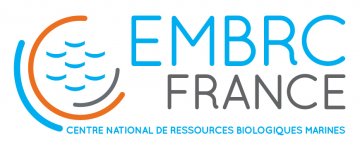"Sexual reproduction and chemical interactions in the parasite Amoebophrya ceratii infecting the dinoflagellate host Scrippsiella acuminata".
SOUTENANCE DE THESE
Jeremy Szymczak
Laure Guillou
Julia Kubanek, Rapporteur
Georgia Institute of Technology, USA
Assaf Vardi, Rapporteur
Weizmann Institute of Science, Israël
Flora Vincent, Examiner
EMBL Heidelberg, Germany
Erik Selander, Examiner
University of Gothenburg, Sweden
Christophe Destombe, Examiner
Station Biologique de Roscoff, France
Laure Guillou, Thesis director
Station Biologique de Roscoff, France
Georg Ponhert, Thesis co-director
Friedrich Schiller University Jena – Max Planck Institute for Chemical Ecology, Germany
Marine Vallet, Thesis co-director
Friedrich Schiller University Jena – Max Planck Institute for Chemical Ecology, Germany
Chemical communication, involving the release and detection of signaling molecules, plays a crucial role in species interactions. This communication is essential for functions such as sexual attraction, territory marking, food foraging, and defense. In this thesis, we have explored this communication between a widespread yet poorly understood parasite, Amoebophrya ceratii, and its host, Scrippsiella acuminata, a dinoflagellate capable of producing colorful blooms. This parasite is an interesting model as it inevitably kills its host to complete its infectious cycle in less than two days and has a very limited host range.
This thesis first focused on studying the free-living stage of the parasite. The first chapter reveals the existence of two types of spores, one infectious and the other dedicated to sexual reproduction. We also demonstrate that an infected host cell produces a unique type of spore, and the determinism to produce one type or the other is certainly induced well before infection. The second chapter describes metabolic changes in parasites during infection, suggesting a potential host defense mechanism. The third chapter evaluates the chemotactic ability of spores, a crucial step for infection, using microfluidics.
Overall, this thesis provides new insights into the biology of this parasite, shedding light on key aspects of its biology, chemical communication, and interactions with hosts. It has generated a wealth of data that remains to be further explored, paving the way for future research to better understand sexual reproduction, chemotaxis, and other aspects of the biology of these parasites in marine plankton.







